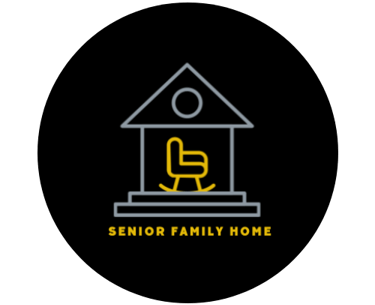The Cost of Senior Living


As the population ages, the demand for senior living services is increasing. This is leading to rising costs, which can make it difficult for some seniors to afford the care they need.
The cost of senior living varies depending on the type of care needed, the level of care required, and the location of the facility. In general, independent living communities are the least expensive option, followed by assisted living, memory care, and skilled nursing.
The cost of independent living can range from $1,500 to $4,000 per month. This includes rent, utilities, meals, and some activities. Assisted living can cost anywhere from $3,500 to $10,000 per month. This includes rent, utilities, meals, activities, and some personal care services. Memory care can cost anywhere from $4,500 to $15,000 per month. This includes rent, utilities, meals, activities, and 24-hour supervision. Skilled nursing can cost anywhere from $6,000 to $20,000 per month. This includes rent, utilities, meals, activities, 24-hour supervision, and medical care.
There are a number of factors that can affect the cost of senior living, including:
The type of care needed
The level of care required
The location of the facility
The amenities offered
The size of the unit
The number of meals included
The cost of transportation
The cost of activities
The cost of personal care services
The cost of medical care
If you are considering senior living, it is important to factor in the cost of care when making your decision. There are a number of ways to pay for senior living, including:
Personal savings
Long-term care insurance
Medicaid
Medicare
Veterans benefits
VA Pension
Social Security
It is important to talk to your financial advisor to find out what options are available to you.
There are a number of resources available to help seniors and their families pay for senior living. These resources can provide financial assistance, counseling, and referrals to qualified providers.
Resources for Paying for Senior Living
Aging and Disability Resource Centers (ADRCs): ADRCs are located throughout the United States and provide a variety of services to seniors and their families, including information about senior living options and financial assistance.
National Association of Area Agencies on Aging (N4A): N4A is a national organization that represents ADRCs. N4A's website provides a searchable database of ADRCs.
National Long-Term Care Ombudsman Resource Center: The National Long-Term Care Ombudsman Resource Center provides information and resources to help seniors and their families navigate the long-term care system.
Medicaid: Medicaid is a government program that provides health insurance to low-income individuals and families. Medicaid can be used to pay for long-term care services, including nursing home care, assisted living, and home health care.
Medicare: Medicare is a government program that provides health insurance to people age 65 and older, people with disabilities, and people with End-Stage Renal Disease (ESRD). Medicare does not cover long-term care services, such as nursing home care, assisted living, and home health care. However, Medicare can be used to pay for some of the costs of these services, such as skilled nursing care.
Veterans benefits: Veterans may be eligible for a variety of benefits to help pay for long-term care, including the VA Pension and VA Aid and Attendance.
Social Security: Social Security may be able to provide some financial assistance to seniors who are unable to work due to a disability.
If you are considering senior living, it is important to do your research and find out what options are available to you. There are a number of resources available to help you pay for senior living, and you should not have to go through this process alone.
I hope this helps!


